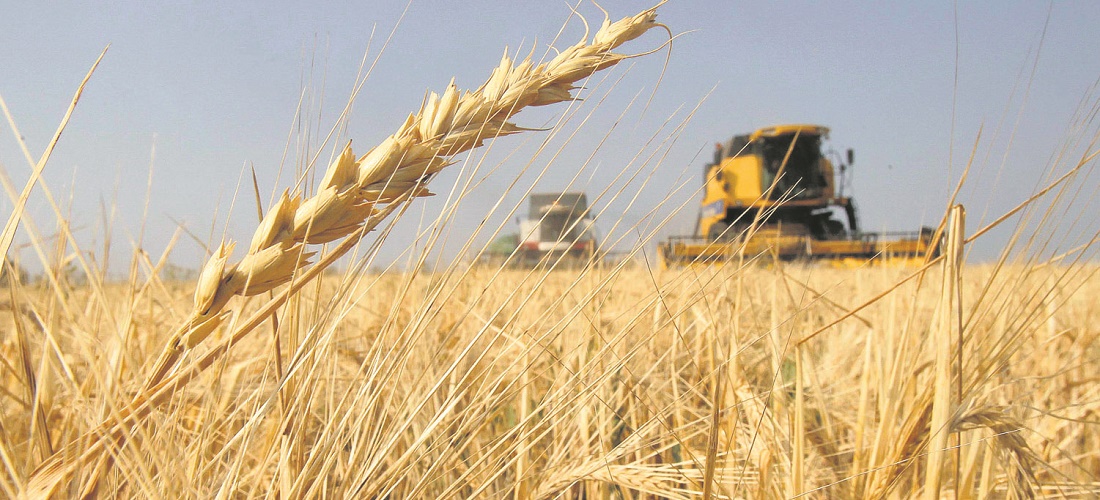
Brazil sees wheat exports as a way to reduce external dependence
Mar, 18, 2022 Posted by Gabriel MalheirosWeek 202211
Brazil, one of the largest wheat importers in the world, is working to reduce its dependence on foreign products and hopes to take advantage of recent record exports to increase crops this year.
From December 2021 to March 2022, Brazil exported nearly 2.5 million tonnes of wheat, an unprecedented volume that benefited from a historically large harvest and, more recently, from additional demand generated by the war between Ukraine and Russia, two major cereal exporters.
The idea may seem paradoxical. But, according to experts heard by Reuters, wheat could follow the path as corn, which gained room in the country after consolidating itself as an export product.
“The expansion of any commodity occurs via exports and not domestic consumption. That was the case with soybeans, corn, coffee, and sugarcane in Brazil. Therefore, only exports will lead to a growth in the domestic production of wheat,” said Luiz Pacheco from the T&F consultancy.
In the last ten years, until 2020, corn exports from Brazil increased more than threefold to around 35 million tonnes, while production has nearly doubled over the same period to over 100 million tonnes.
Brazil imports more than 50% of the wheat it consumes, mainly from Argentina. Given this context, the country has enough room to more than double the product’s crop area, which currently only reaches 2.47 million hectares. By doing that, the country could become self-sufficient and produce 12.7 million tonnes of wheat.
The assessment above considers only the potential of Rio Grande do Sul, which plants more than 6 million hectares of soybeans in the summer and only 1.16 million hectares during winter, wheat’s second crop period, said Embrapa Trigo analyst Oswaldo Vieira.
“What producers want to start planting wheat is product liquidity and exportation is a critical path for this,” he said, commenting that the Port of Rio Grande (RS) has an idle capacity between the end and the beginning of the year. Therefore, the product from Rio Grande do Sul could enter the international market before the Argentine harvest.
Vieira, who participated in the elaboration of the plan that is currently being updated before being delivered to the government by the Brazilian Wheat Industry Association (Abitrigo), said that Rio Grande do Sul producers already had all the agronomic conditions to expand planting. Now, they have the right prices too.
Wheat hit 14-year highs on the Chicago Stock Exchange because of the lower Eastern European supplies since the war began.
The agronomist cited that many consulting firms argued that the planted area could grow by around 30% this year in Rio Grande do Sul, considering that nearly 600,000 tonnes have already been sold in advance.
In terms of expenses, he stated that the producer has options to produce a competitive crop despite the increase in inputs. “Because the soybean harvest was poor, there is a large amount of fertilizer in the soil to service this crop.”
According to Pacheco, from T&F, if Rio Grande do Sul had a second wheat crop in the entire soybean area, it would have a cereal harvest of around 17 million tonnes, close to Argentina.
Source: Money Times
To read the full original article, please go to:
-
Meat
Jul, 29, 2021
0
Aurora’s export revenue grew 23% in the first half
-
Ports and Terminals
Mar, 12, 2025
0
Santos Port Authority Requests Suspension of Public Hearing on Logistics Complexes
-
Ores
May, 23, 2019
0
Porto Sudeste tries to prevent purchase of Ferrous by Vale
-
Ports and Terminals
Oct, 25, 2023
0
Ceará state and GoVerde sign MoU aimed at green energy production at the Port of Pecém



